Below I describe some of our caterpillar food plants, known as “larval host plants.” We generally think of butterflies needing flowering herbaceous plants, but, surprisingly, many host plants for lepidoptera (butterflies, moths, and skippers) are woodies — shrubs and trees.
NOTE: I discuss in other sections the host plants for the butterflies we raise in their own sections:
Host plants we have in our yard
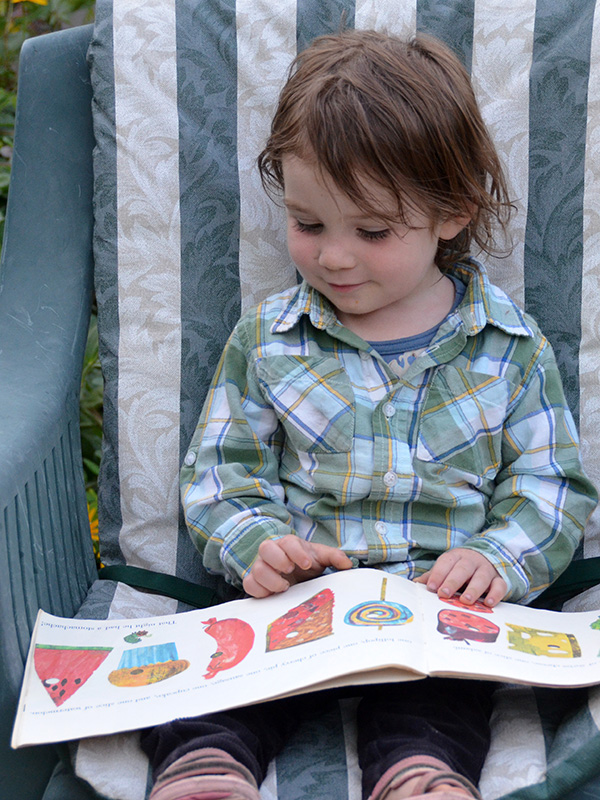
Despite its beautiful art, the popular Very Hungry Caterpillar book teaches kids the wrong thing: that caterpillars will eat just about anything.
Not true! They need one of their own host plants!
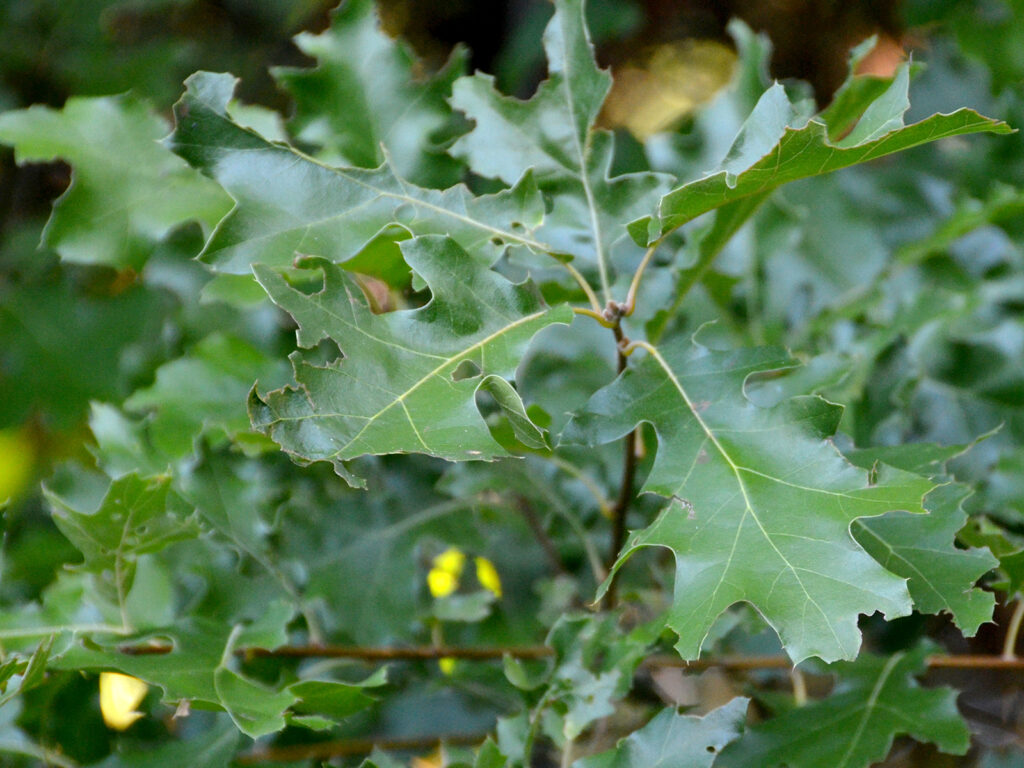
One of the foremost host plants is the family of native oaks.
Oaks support more types of caterpillars than any other plant species.
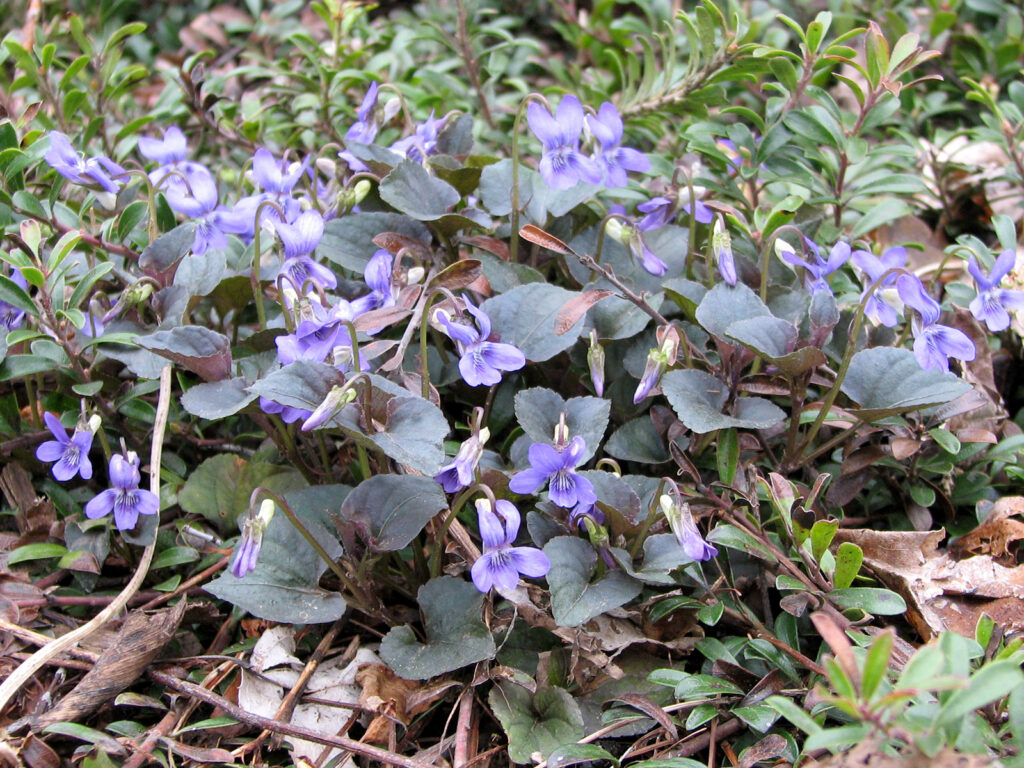
Violets (Viola) are the larval host plant for fritillaries.
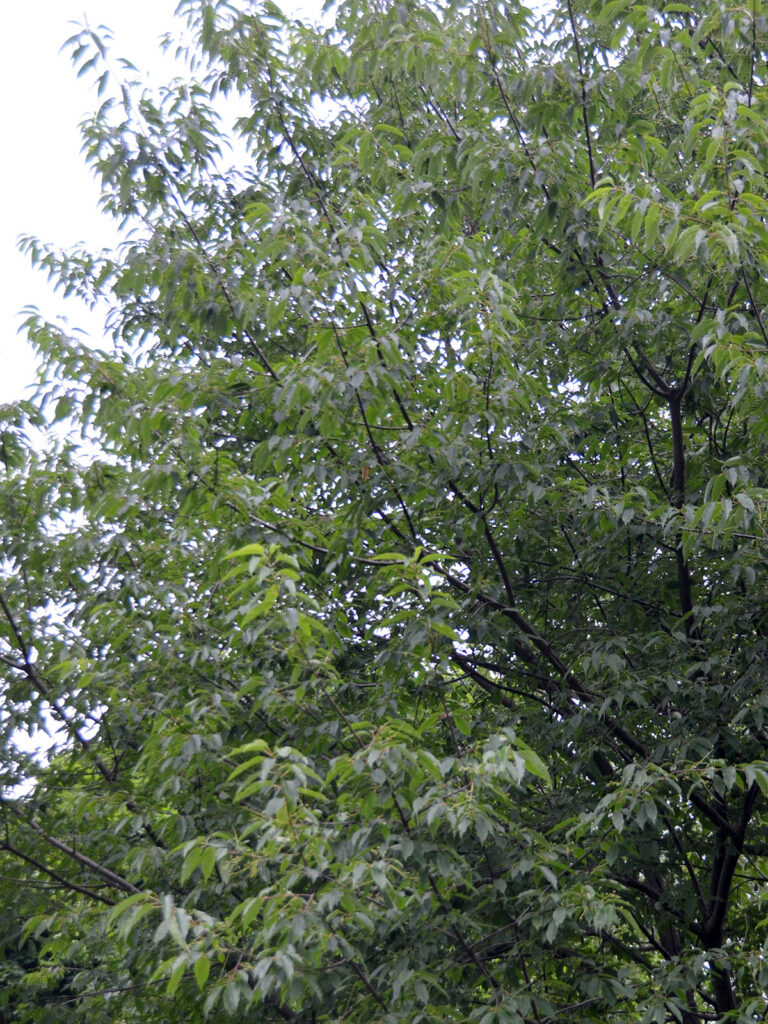
Wild black cherry (Prunus serotina) is another important larval host plant for many butterflies, such as the Eastern Tiger Swallowtail.
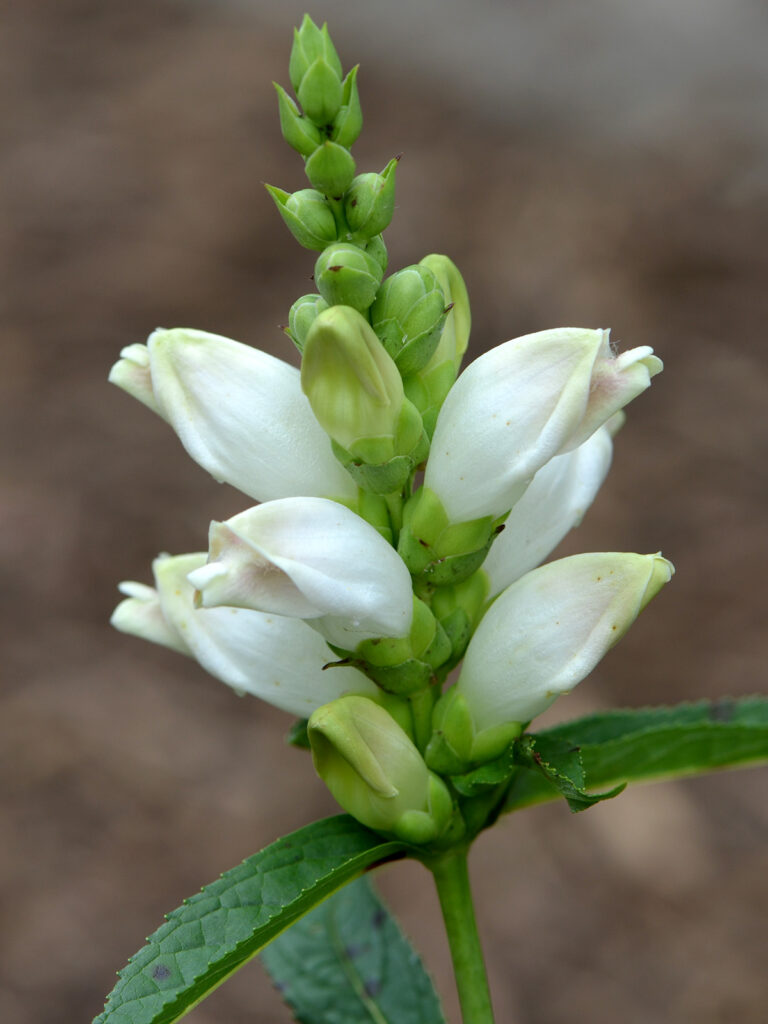
Turtlehead (Chelone glabra) is a host plant for the beautiful little Baltimore Checkerspot butterfly.
As far as I have read, the more commonly-available pink chelone (C. lyonii) is NOT a host plant, though it’s often advertised as such.
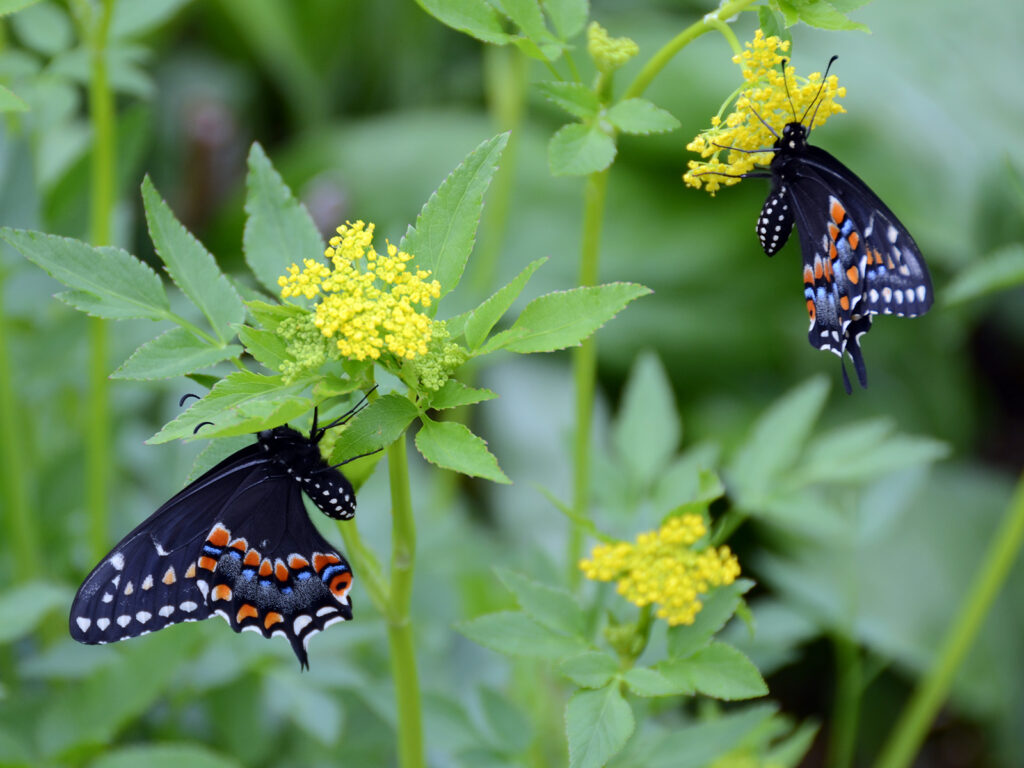
Zizia is a native host plant for black swallowtails. They also lay their eggs on dill and parsley since they’re in the same family and thus can support the development of the caterpillars.

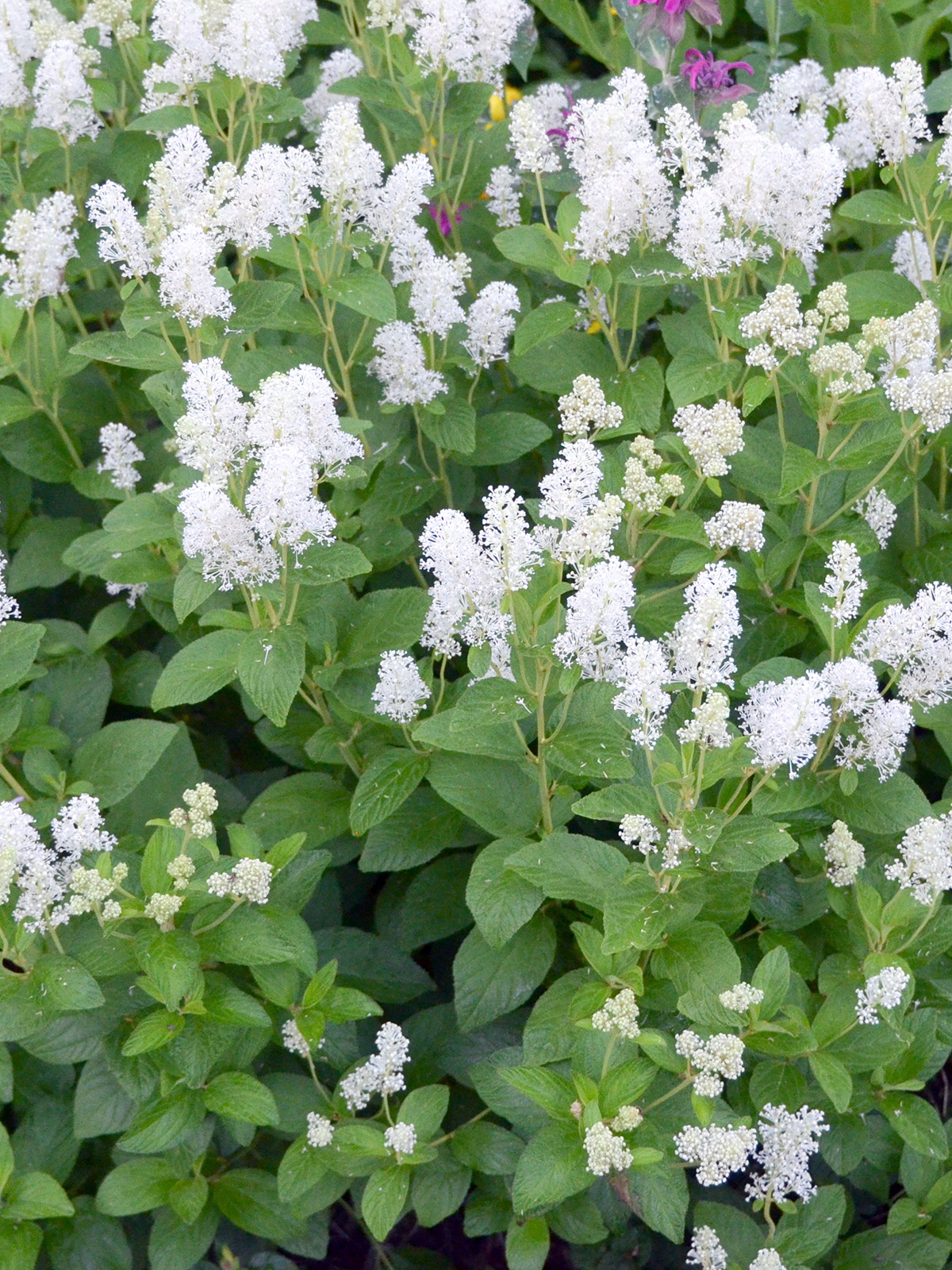
Dogwoods (Cornus spp.) are host plants for the spring azure butterflies as is New Jersey tea (Ceanothus americanus).
Mourning cloaks and white admiral butterflies use willows as host plants, along with some other trees.
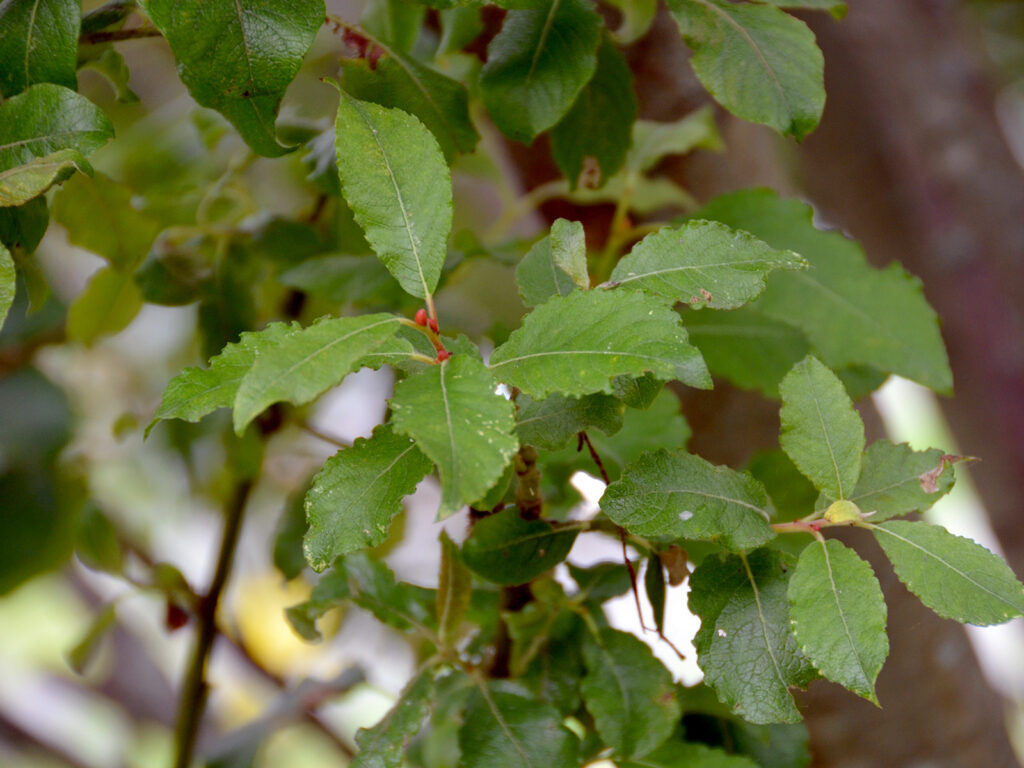
Pussy willows (Salix discolor) have become one of my favorite plants for a number of reasons. Even more than the gray catkins in the spring, I love the “flowering” of the catkins, which provide a lot of nectar for bees in the spring, especially the bumble bee queens.
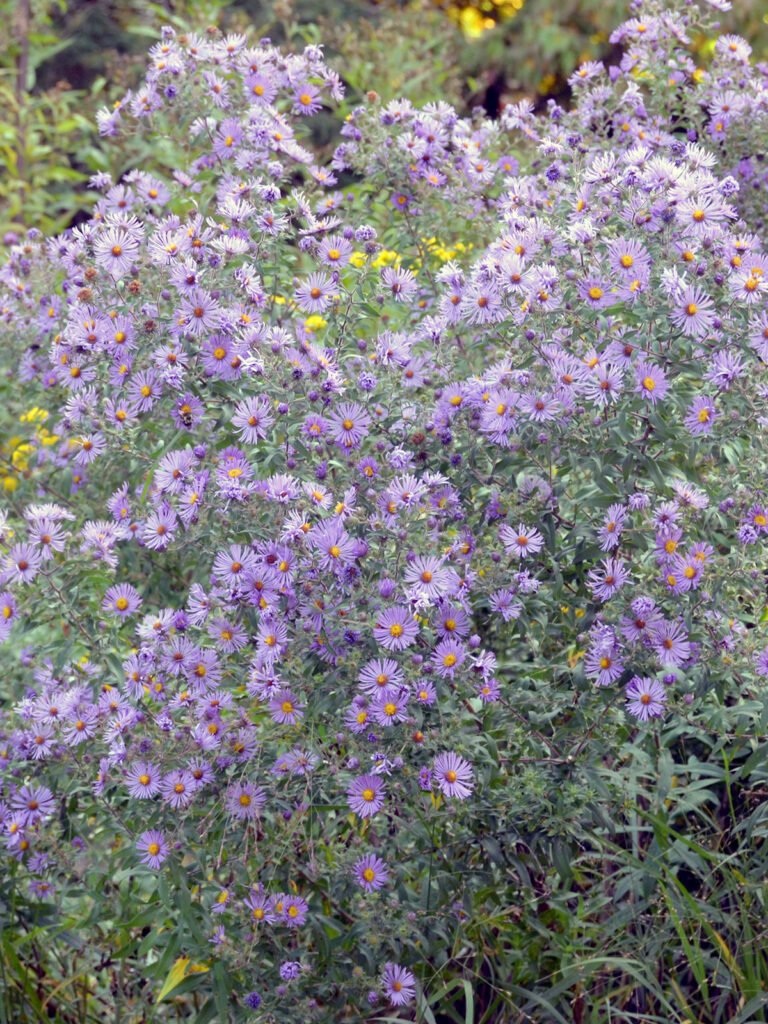
This New England aster (Aster novae-angliae) is a larval host plant for the pearl crescent butterfly, besides being an excellent fall nectar plant for many other species of butterflies, moths, and insect species.
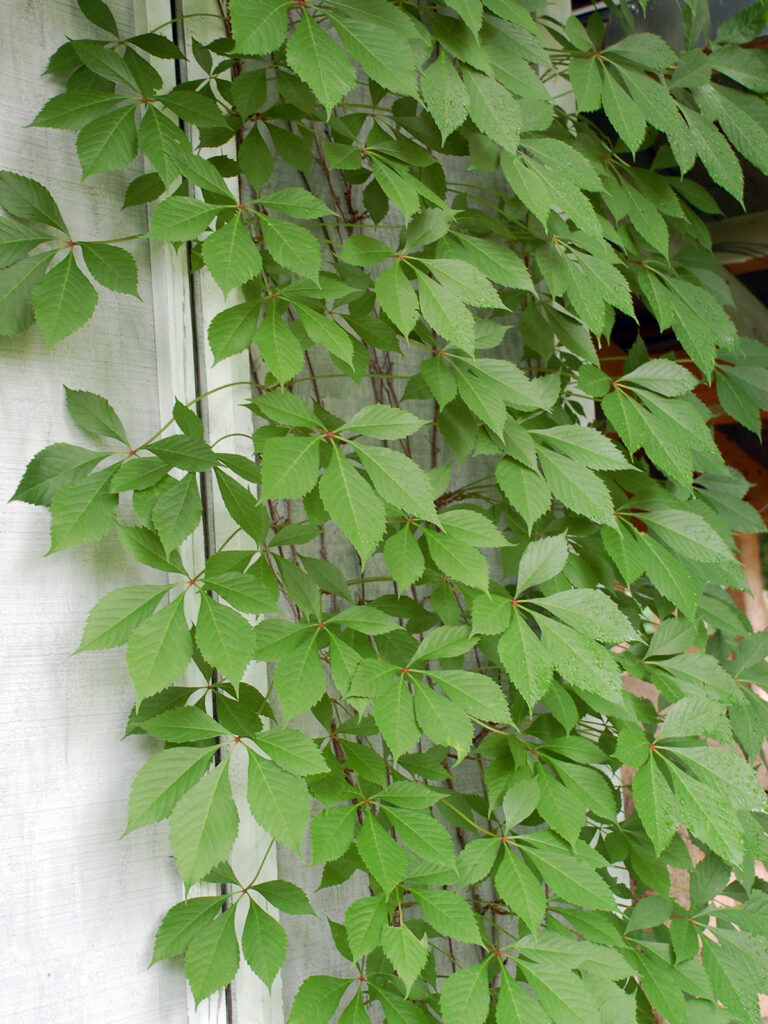
Virginia creeper (Parthenocissus quinquefolia) is the host plant for the eight-spotted forester moth, a pretty little moth.
Yes, Virginia creeper can be “enthusiastic” (though native plants aren’t technically “invasive”), but it has many benefits (host plant, beautiful foliage, striking fall color) so I think it’s worth the trouble of keeping it in bounds. In my case, I allow it to grow only on the shed.
As I continue to research this topic, I won’t be surprised to find that we have many other host plants for other butterflies or especially for moths. People generally don’t take note of the many fairly plain-looking moths, for example, and so their host plants aren’t written about as much. These less glamorous insects, though, are just as important in supporting healthy ecosystems.
Resources
- Mass Audubon:
- The Massachusetts Audubon Society profiles butterflies, most of which would be similar for Central NY
Other host plants
Host plants for some other butterflies:
* Question Mark: hops, nettles, elms, hackberries
* Eastern Comma: nettles, elms, hops
* Red Admiral: nettles, false nettles
* Cecropia moth: cherry, plum, apple, elderberry, maple, willow
* Tawny Emperor: hackberry
* Mourning Cloak: willows, cottonwoods, elms, birches, hackberries
Host plants for Luna moth:
I haven’t yet had one of these in our yard, but I’d love to see one of these spectacular creatures.
* Birch (Betula)
* Alder (Alnus)
* Hickory (Carya)
* Walnut (Juglans)
* Sumac (Rhus)
Host plants for polyphemus moth:
* Birch (Betula)
* Willow (Salix)
* Oak (Quercus)
* Maple (Acer)
* Hickory (Carya)
* Beech (Fagus)
* Walnut (Juglans)
* Pear and quince (Pyrus)
* Plum, peach, apricot, cherry, etc. (Prunus)
We have at least some of these plants in our yard AND — VERY IMPORTANT — we allow fallen leaves and other garden detritus to remain, so if there are pupae, they won’t be raked up and sent to the landfill.
Resources
- National Wildlife Federation:
- Power Plants – explains keystone species
- Native Plant Finder – EXCELLENT! Includes top caterpillars etc that use each plant!
- Butterflies and moths and the native plants they need
- Keystone native plants for Ecoregion 8 – includes most of US east of Mississippi
